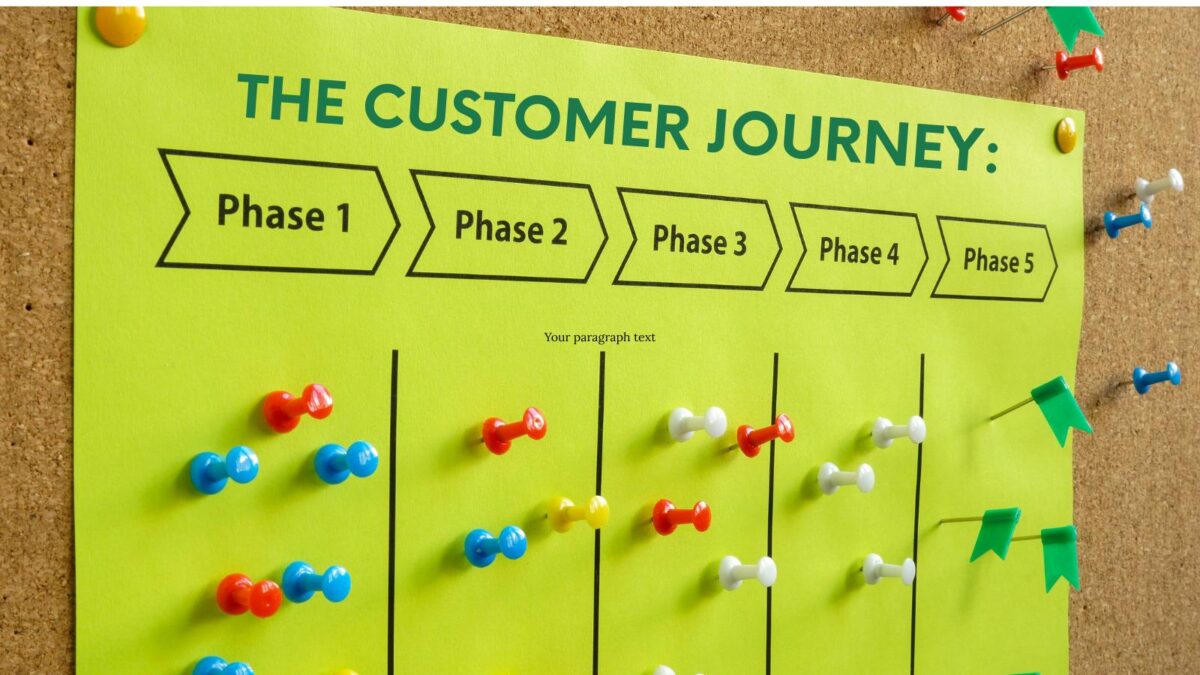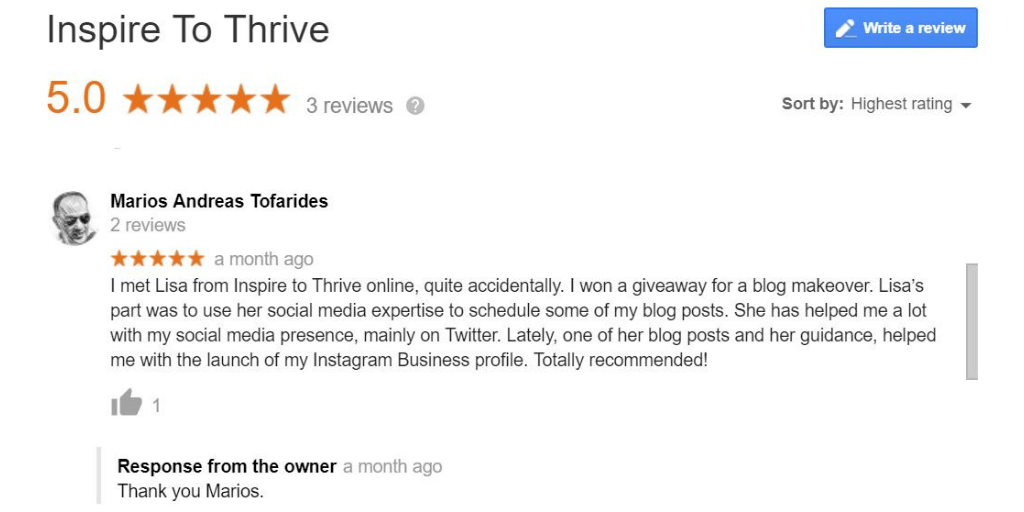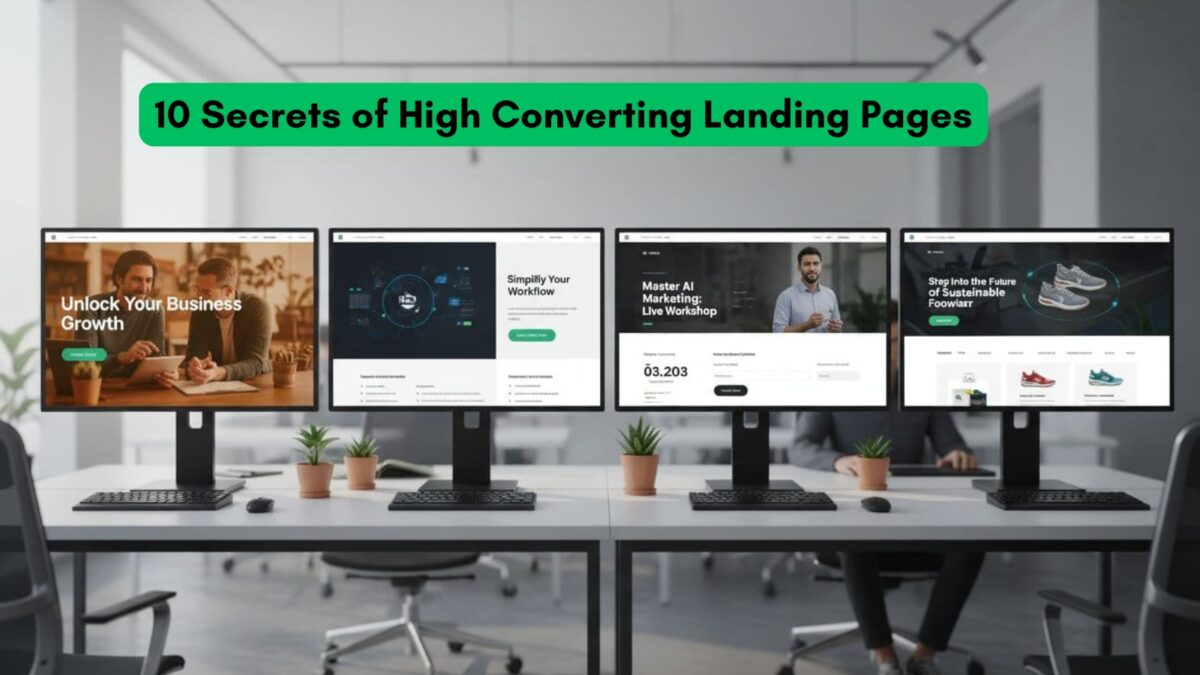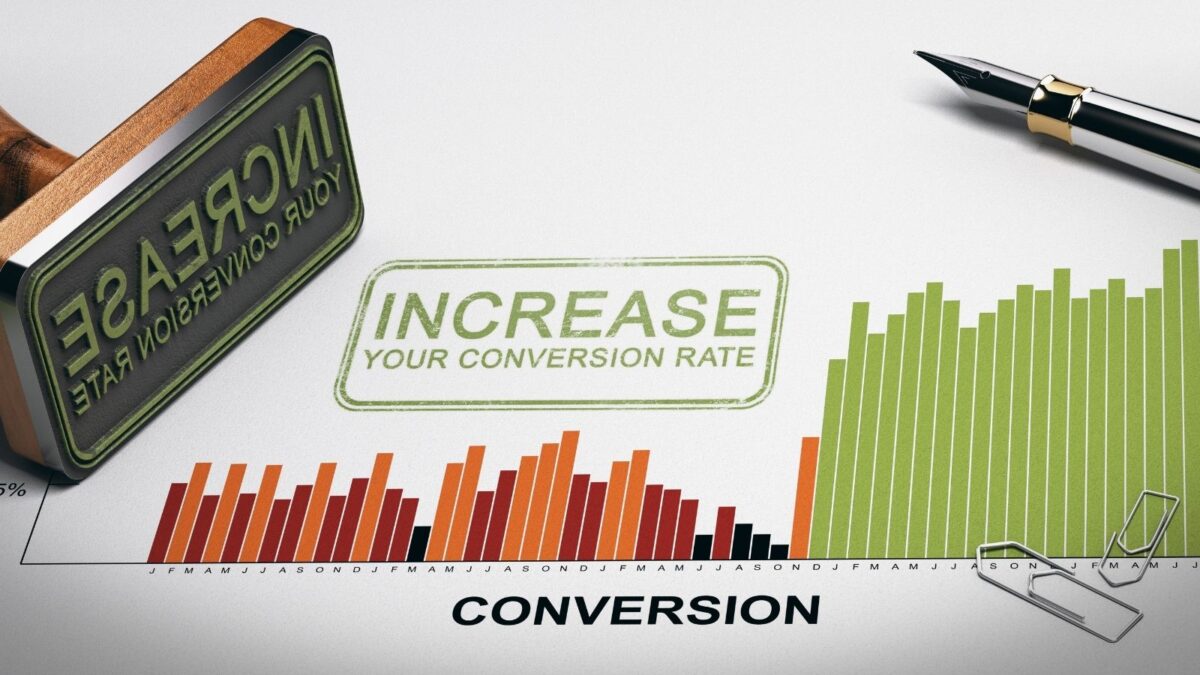The customer journey is the backbone of any business that wants to build meaningful, long-term relationships with its clients and drive consistent growth. Think of your customer’s journey as a road trip, where each stage is a new destination.
The key is understanding your customers’ unique needs at each step and meeting them where they are, ensuring that each interaction feels personal, seamless, and rewarding.
In this post, I’ll break down exactly how you can optimize each stage of your client’s journey, so you can transform first-time visitors into loyal advocates and keep them coming back for more.
Table of Contents
First, What Is The Customer Journey?
The customer journey is the full path someone takes from first hearing about your business to finally buying from you and coming back again. It includes every step along the way—from a social media post that sparks interest, to reading your blog, to signing up for your email list, and finally making a purchase.
Each interaction shapes how potential customers see your brand. Understanding each touchpoint helps you spot where people might drop off or need a nudge.
When you map out this journey, you can improve your content, fix gaps in your messaging, and make it easier for customers to take the next step.
That leads to more trust, better engagement, and steady growth for your business.

Stage 1: Awareness – Capture Attention Early
The first step in the customer journey is awareness. This is when potential clients realize they have a problem and begin looking for solutions.
At this stage, it’s crucial to ensure your brand is visible and that you’re targeting the right audience with engaging content. Creating high-quality educational content can be key in attracting the attention of potential customers.
This content could be blog posts, social media content, videos, or infographics. The goal is to address their pain points and make them aware of the solutions you provide.
Utilize data-driven content to back up your claims and position your brand as an authority in your field.
For example, customer lifecycle management software can help businesses manage client relationships from the very beginning.
By integrating such solutions into your communication strategy early, you can demonstrate your expertise and relevance to your audience.
Stage 2: Consideration – Build Trust and Educate
At this stage, potential clients are evaluating their options. This is where trust becomes essential.
They’re looking for the best option that meets their needs to soothe their pain points in their client’s customer journey. This is where your customer engagement strategy should come into play.
Educate your prospects through targeted content, such as case studies, customer testimonials, and detailed product information. Offering webinars, eBooks, and white papers can also help build credibility and showcase your expertise.
Integrating tools like customer engagement software will help track client behavior and tailor your communication to meet their needs.
For businesses to improve customer acquisition, it’s critical to have touchpoints that foster direct communication.
For example, you can regularly update your blog and provide informative articles on topics that matter to your target market, which can keep your business top of mind during the consideration phase.
Stage 3: Decision of Customer Journey – Provide Clear Solutions
Once your leads are ready to make a decision, your job is to make it as easy as possible for them to choose your solution. Providing clear and compelling offers, along with easy-to-navigate purchasing options, will significantly increase your chances of conversion.
A critical part of this stage is ensuring that your product or service is positioned as the best solution. Offering a clear, persuasive call-to-action (CTA) and eliminating any potential obstacles (like unclear pricing or complex sign-up processes) will help ensure your prospects follow through.
You also want to showcase how your product can provide long-term value. By leveraging the right tools, you can create a personalized experience that nurtures leads through to a final sale.
Stage 4: Retention – Continue the Relationship
Once you’ve secured a customer, the work doesn’t stop. Retaining customers is as important as acquiring them, and it’s often more cost-effective. You should focus on building relationships, offering excellent customer service, and providing value beyond the initial sale.
An essential strategy for retention is personalized communication. Email newsletters, loyalty programs, and targeted offers can keep customers engaged and satisfied.
Additionally, a robust customer service system ensures that clients’ issues are addressed swiftly and efficiently, preventing dissatisfaction. Regular check-ins and product updates will also help maintain ongoing engagement.
Show your clients that you care about their success and are invested in helping them achieve their goals, whether it’s through product improvements or industry insights.
Stage 5: Advocacy in the Customer Journey – Turn Customers into Brand Ambassadors
Satisfied customers are your best advocates. Encourage them to share their experiences with your product or service through reviews, social media posts, and referrals.
Creating a referral program or offering incentives for reviews can motivate clients to spread the word. Showcasing customer success stories on your website or social media channels will help build social proof.
It will help in attracting new customers who identify with the success stories of their peers.
Stage 6: Feedback – Constantly Improve the Client Experience
A vital but often overlooked stage in the client journey is feedback. After the initial transaction and throughout the retention phase, it’s essential to gather continuous feedback from your customers.
This helps you understand their pain points and areas where your product or service can improve.
Encouraging your clients to share their feedback through surveys, reviews, and direct interactions is key.
These insights can be used to refine your offerings and ensure you’re meeting customer needs as effectively as possible. A solid feedback loop also helps reinforce that you value your customers’ opinions, which in turn fosters a deeper connection with them.
Consider implementing customer feedback tools. These tools enable you to automatically collect feedback at key touchpoints, analyze trends, and make data-driven decisions to enhance your offerings and drive business growth.
Conclusion: Understanding the Customer Journey to Optimize
Getting to know your customers’ steps is more than helpful—it’s the best way to shape your online strategy.
When you track how people find your brand, what makes them stick around, and where they drop off, you can plug the leaks and focus your efforts where they matter most.
This isn’t just about fancy analytics. It’s about building trust through each touchpoint, so your website, social posts, and content all point the right way. With this insight, you can boost traffic, keep your audience engaged, and turn more visits into sales.
Try using the free Instagram Caption Generator by Inspire To Thrive or check out the latest guides on Inspire To Thrive. Every step you take to map your customer journey brings you closer to real growth and lasting results.
- What Is Twitter Jail And How Long Do X Twitter Suspensions Last? - December 3, 2025
- How to Easily Switch Back To Personal Account On Instagram - December 3, 2025
- How To Change Background Color On Instagram Story To Shine - December 2, 2025




